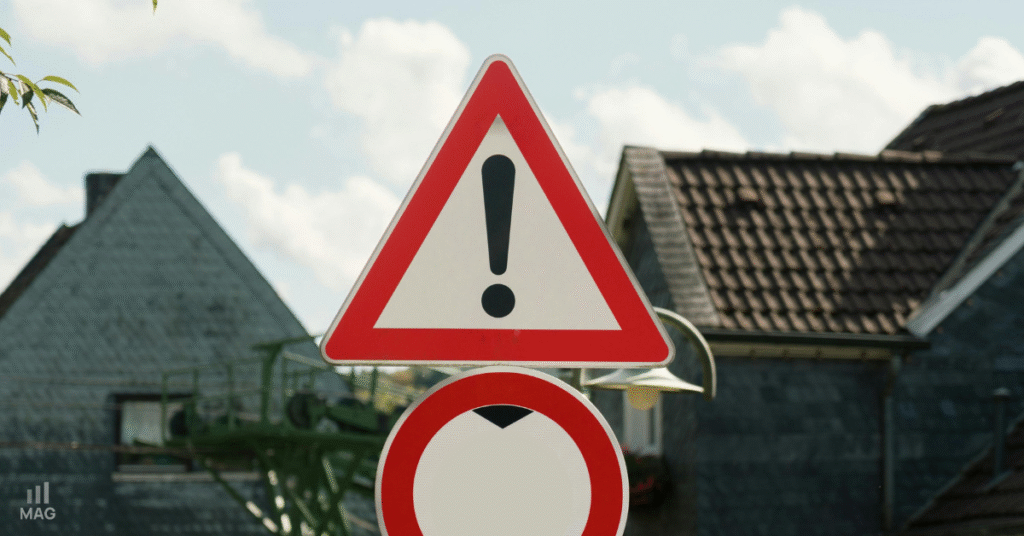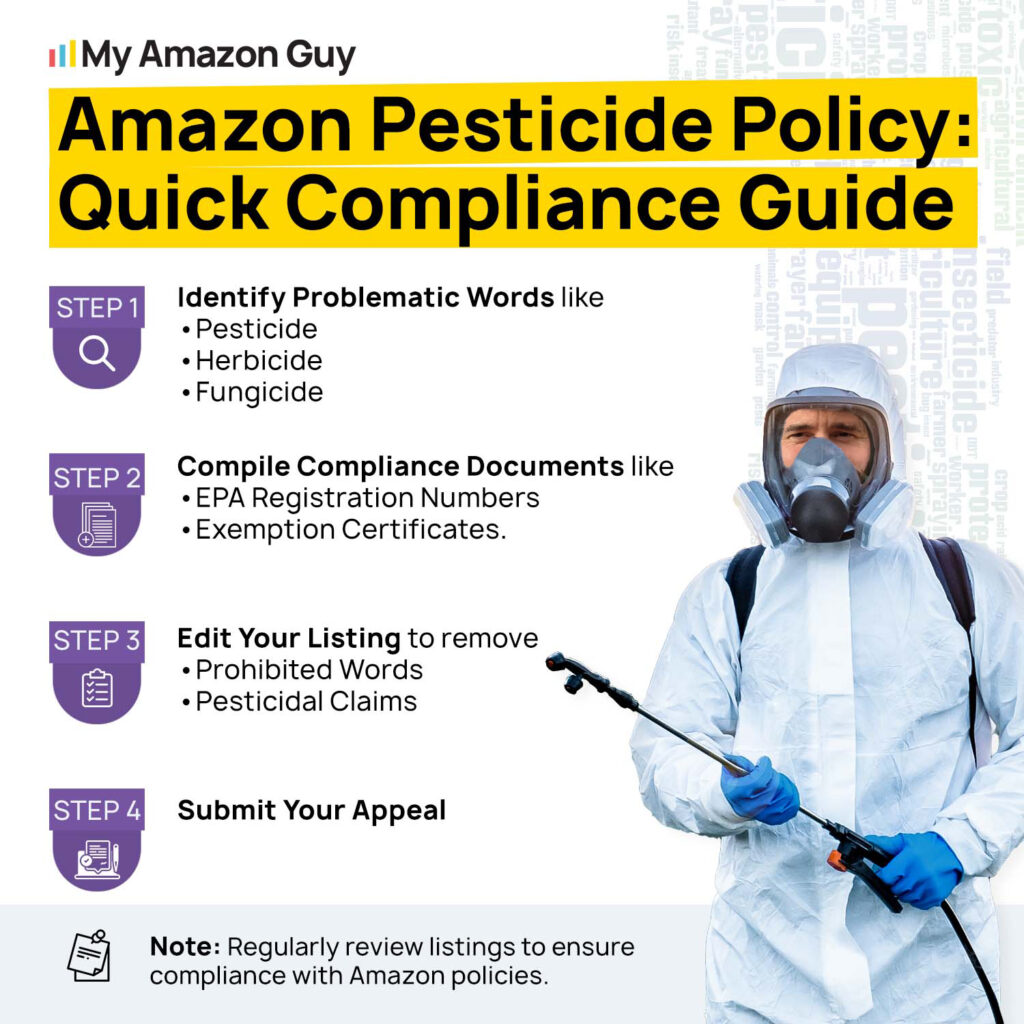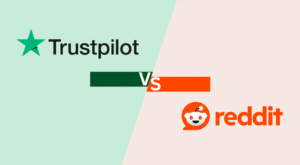
Last Updated: November 14, 2025
Did your product suddenly get hit with pesticide gating on Amazon? Not sure why it happened or what steps you should take next?
Selling on Amazon comes with its fair share of problems, whether they stem from honest mistakes or unintentional listing issues. One of the most frustrating problems you can run into is this specific restriction.
This happens when Amazon flags your product for claims or keywords related to pesticides, even if that wasn’t your intention. When this kicks in, your listing can get suppressed, your sales can drop, and in severe cases, your account health can take a hit.
But don’t worry; this guide will discuss how to clear pesticide gating on Amazon, why your listing was flagged, and the exact steps to get it reinstated fast. Our Amazon agency will also share preventive tactics, common listing mistakes to avoid, and when it’s best to get expert help.
Table of Contents
Stop Pesticide Flags Before They Happen
A quick listing cleanup can save you from repeated restrictions and lost sales.
What Is Pesticide Gating on Amazon?
Pesticide gating on Amazon is a restriction that prevents certain products from being listed until the seller meets compliance requirements. Sellers must either complete Amazon’s training module or provide regulatory documentation, such as an EPA registration number or proof of exemption.
This gating often occurs automatically when Amazon’s system flags product listings containing keywords associated with pesticides or pesticidal claims, like “sanitizes”, “repels”, or “antimicrobial”. Believe it or not, even items like tweezers or air fresheners can get flagged since Amazon’s system doesn’t always make sense.
How Pesticide Gating on Amazon Impacts Sellers
Although some sellers might think the effects of pesticide gating are minor, it can immediately halt sales, disrupt operations, and create unnecessary stress. If you still think the impact is small, here are the ways it can hurt your business and bottom line.
- Flagged products are removed from search results and the marketplace, stopping all sales.
- Amazon often locks the product page, preventing sellers from removing triggering keywords.
- Products in fulfillment centers continue to accrue storage fees while unsellable.
- Clearing a flag can involve contacting Seller Support, editing listings offline, and re-uploading files.
- Repeated or unaddressed flags can escalate to warnings, temporary suspensions, or permanent bans.
- Time spent troubleshooting and completing compliance steps diverts resources from normal business operations.
Why Sellers Get Flagged for Pesticide Gating on Amazon
There are a variety of reasons why sellers get flagged by Amazon for pesticide gating, and each reason reflects how the system prioritizes compliance over logic. Although the process can seem inconsistent, there are common triggers that repeatedly cause listings to be flagged.
1. Triggering Keywords
Amazon’s algorithms automatically flag listings containing certain words or phrases associated with pesticides, even if the product isn’t actually a pesticide. Keywords like “antimicrobial”, “sanitizes”, or “repels” can trigger a restriction, causing the listing to be suppressed until compliance is verified.
2. Hidden or Backend Keywords
Listings can be flagged because of keywords not visible to customers, such as hidden search terms in the backend or ALT text in images. Even if the visible listing seems safe, these hidden keywords can still cause the gating.
3. Random and Overzealous Automation
Sometimes products with no connection to pesticides are flagged, like tweezers or household items. This happens because Amazon’s automated system errs on the side of caution, creating seemingly random restrictions.
4. Product Claims in Text or Visuals
Claims made anywhere in the listing, including images, packaging, or bullet points, can trigger pesticide gating. Even indirect references to controlling bacteria, mold, or pests can result in the product being flagged.
5. Hostile Categories
Certain categories, like medical, cleaning, or health-related products, are more likely to trigger gating due to stricter compliance monitoring. Sellers in these niches may experience restrictions even when their listings appear fully compliant.
6. Regulatory Compliance Requirements
Amazon enforces U.S. EPA rules for products making pesticidal claims, requiring a registration number or proof of exemption. If a seller cannot provide the necessary documentation, Amazon will prevent the product from being sold until compliance is confirmed.
Struggling With Repeated Suppressions?
If flags keep coming back, it’s time to get professional help before it hurts your account.
How to Clear Pesticide Gating on Amazon
Because pesticide gating can halt sales and disrupt operations, it’s important to know the most effective ways to clear the restriction. The solution usually comes down to two main methods: a fast-track compliance test and a long-term listing cleanup.
Method 1: Pass the Compliance Test (Fast-Track Solution)
Once Amazon flags your product, sellers can use this method to quickly lift the restriction and get their listing live again. This approach is the fastest way to comply without spending excessive time disputing the gating.
Step 1: Access the Modules
Log in to Amazon Seller Central and locate the Pesticides Gating compliance modules.
Step 2: Complete the Training
Go through all required modules carefully to understand the material.
Step 3: Use the Answer Key
Since Amazon’s gating can be inconsistent or illogical, using a pre-prepared answer key is often the fastest way to pass.
Module Answers
Module 1
- Question 1: False
Module 2
- Question 1: All but the Bacteria on the Human Hands
- Question 2: Sanitizes
- Question 3: All but Hand Sanitizer
- Question 4: All but Rat Poison
- Question 5: False
- Question 6: 2
Module 3
- Question 1: Ensure that the weed killer has an EPA Registration Number
- Question 2: Producing
Module 4
- Question 1: Nontoxic
- Question 2: All but the image of the pest
- Question 3: It does not list the products active ingredients
Module 5
- Question 1: Any Certified Applicator
Module 6
- Question 1: The label must not make false or misleading claims
Module 7
- Question 1: Wooden Fence post treated with pesticide
- Question 2: All but ‘the statement chemical free”
- Question 3: Repels mosquitos that carry malaria
Module 8
- Question 1: A pesticide intended for sale or distribution in a foreign country
- Question 2: All but “be accompanied by an informational pamphlet” and “be labeled in the language of the country where it was produced”
- Question 3: All but Importing a pesticide that meets FIFRA requirements
Step 4: Submit and Confirm
Once you pass the test, the restriction should lift, allowing your listing to go live again.
Method 2: Listing Cleanup (Prevent Future Flags)
After clearing the initial flag, sellers can use this method to prevent future gating and avoid repeated interruptions. This method ensures the listing stays compliant by removing any content that triggers Amazon’s automated system.
Tip 1: Audit Your Listing
Review titles, bullet points, descriptions, and backend keywords for any terms that might trigger a pesticide flag.
Tip 2: Remove Trigger Words
Eliminate problematic words like “bug”, “insect”, “antimicrobial”, or “sanitizes” from both visible and hidden content.
Tip 3: Check Hidden Content
Inspect ALT text, backend search terms, and other behind-the-scenes fields that might cause a flag.
Tip 4: Maintain Clean Listings
Focus on functional descriptions of the product rather than claims that could be interpreted as pesticidal.
FAQs About Pesticide Gating on Amazon
How long does it take to clear a pesticide gating issue on Amazon?
Clearing a flag can take anywhere from a few hours to several days, depending on whether you only take the compliance test or also need to submit regulatory documentation. Most sellers who use the test method see their listings reinstated within 24–48 hours.
Can a product get flagged even if it isn’t a pesticide?
Yes, Amazon’s automated system can flag listings based on keywords, product claims, or hidden backend terms, even if the product has nothing to do with pesticides. Items like tweezers or air filters have been flagged mistakenly due to certain words in their listings.
Do I need an EPA registration number to clear pesticide gating?
Not always. If your product makes pesticidal claims, you may need an EPA registration number, but in many cases, passing the Amazon compliance test alone is enough to lift the restriction. Submitting regulatory documentation is required only for products that are legally considered pesticides.
Take Control of Pesticide Gating on Amazon
Encountering issues on Amazon is not new to anyone who has been selling on the platform, and navigating unexpected restrictions is part of the process. When it comes to regulatory flags, one of the most frustrating is pesticide gating on Amazon, since it can block listings for minor triggers and offers no clear logic for why it happens.
Still, there are proven, effective ways to solve this challenge and get your products back online quickly. By following the compliance test and cleaning up your listing, you can regain control, prevent future flags, and protect your sales.
Are you experiencing pesticide gating or other listing restrictions? Contact our full-service Amazon agency today and let our experts guide you through the process, ensuring your products stay live and profitable.
Get Your Listing Back Online Faster
Don’t let pesticide gating keep your products stuck offline longer than necessary.





